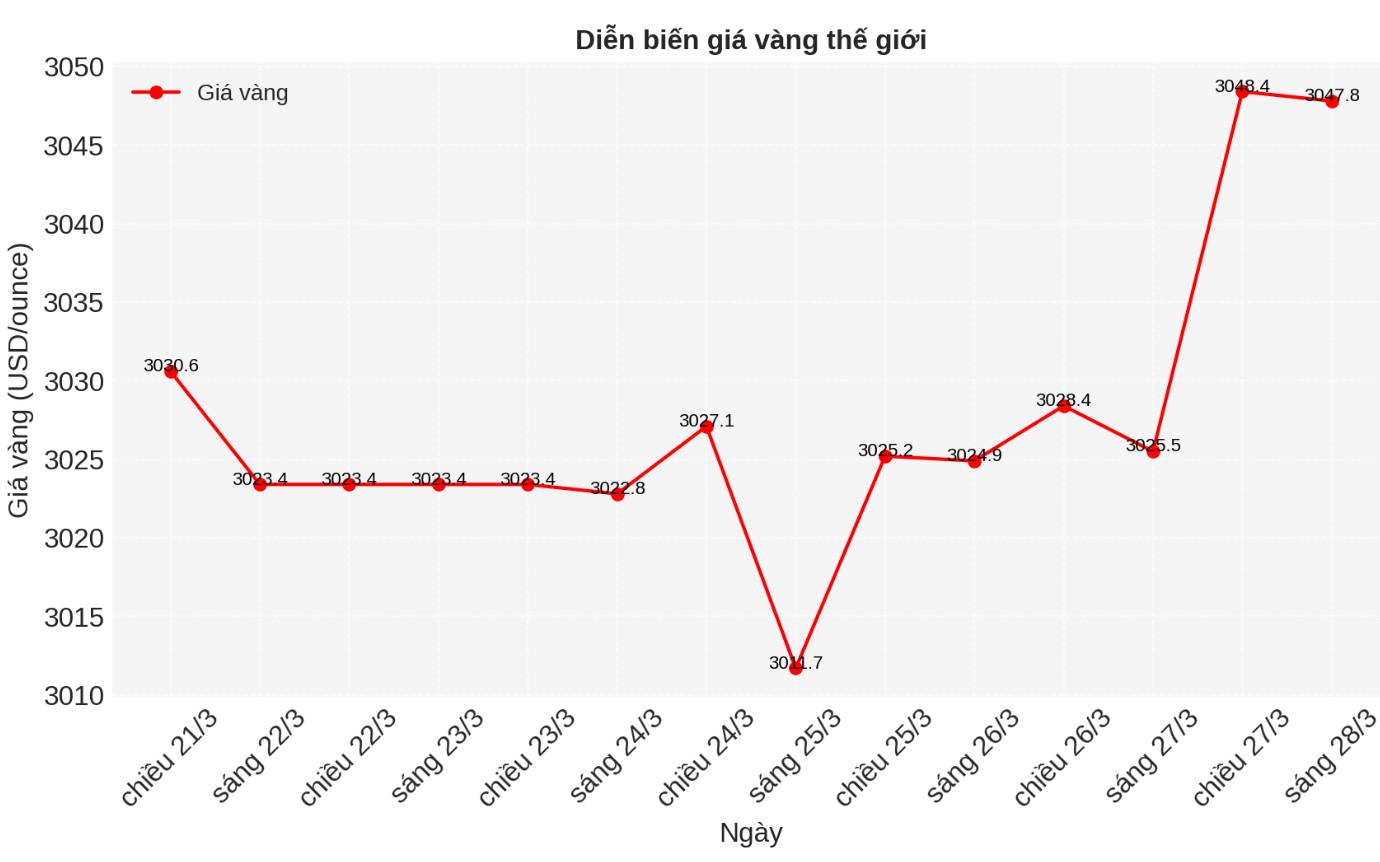Preventing fluctuations in the currency market
In recent years, increased interest from investment funds has been a key factor driving gold prices. Demand from investors, combined with market sentiment dominated by global trends, news and events, has created a favorable environment for strong fluctuations in gold prices.
These factors promote speculative buying and selling, changing the value of this precious metal.
Gold has long been viewed as a popular hedge against currency market fluctuations. In particular, gold often tends to go in the opposite direction to the USD. That is, as the US dollar weakens, gold becomes cheaper for holders of other currencies.
Conversely, as the US dollar strengthens, gold prices may fall. This makes gold an effective asset value protection tool, especially in the context of economic and monetary instability.

Monetary policy and political tensions
Gold has always been considered a "safe haven" in times of uncertainty, especially when factors such as monetary policy and political tensions have a strong impact on the global economy.
Concerns about trade tariffs, especially US President Donald Trump's decision to impose additional tariffs on Chinese goods, have raised concerns about a global trade war. This not only disrupts the currency market but also makes many people worried about rising inflation in the US.
The escalation of trade tensions became apparent when Mr. Trump announced his plan to impose a 25% tax on imported cars and trucks, expected to take effect next week. "We will impose a 25% tax on all vehicles not manufactured in the US," Trump said at an event at the Department of Labor on March 26.
President Donald Trump sees tariffs as a tool to increase budgets, make up for the committed tax cuts, and support the boost of the struggling US industry.
Tax collection will begin on April 3, shortly after he is scheduled to announce a series of counterpart tariffs targeting countries with a large trade deficit with the US on April 2.
These factors make gold prices an attractive tool for investors looking for safety during times of fluctuations.
In addition, monetary policy decisions by central banks also have a big impact on gold price trends. Reducing interest rates from global central banks reduces the opportunity cost of holding gold, because gold does not pay interest. This makes gold a more attractive choice in the context of low interest rates.
Strong demand from central banks
Central banks around the world have increased their gold purchases in recent years, mainly due to economic and political instability. Demand for gold from central banks has become an important factor affecting gold prices.
Although gold prices are currently high, many central banks are still planning to increase their gold reserves over the next year, according to an annual survey by the World Gold Council in June.
According to data from the World Gold Council, global demand for gold, including off-site transactions, has increased by 1% in 2024, reaching a record high. In particular, central banks have accelerated gold purchases in the fourth quarter of the year, reflecting continued increased demand for gold as a safe asset in the context of global instability.











